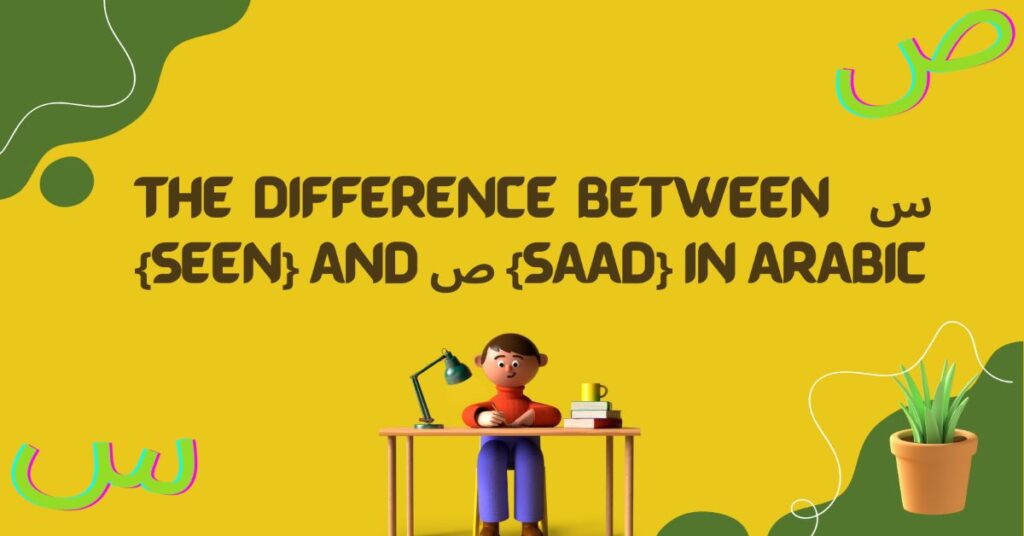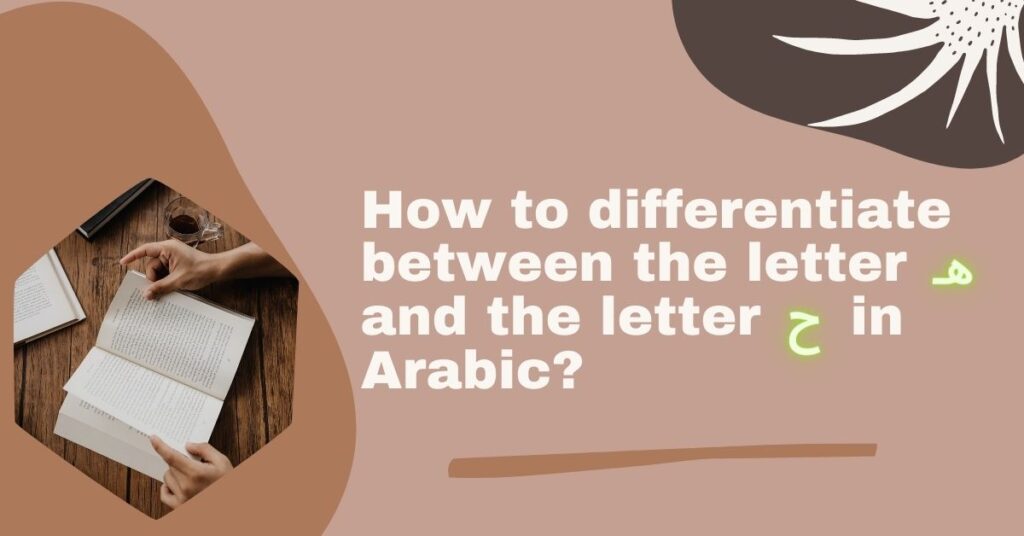There are three vowels in Arabic called ḥarakāt (حَرَكَات). They can be both long and short. The three long vowels are considered as letters in their full right and feature as such in the alphabet:
ا = ā
و = ū
ي = ī
While their corresponding short vowels known as diacritic signs, are symbols written either above or below a particular consonant.
Fat’ha ـــَــ
It is a short vowel sound for “a”. It is represented by a short diagonal stroke over the consonant it follows in pronunciation, as in بَ pronounced [ba].
Damma ـــُــ
It is a short vowel sound for “u”. It is represented by a little looped symbol, like a small wāw (و), over the top of the consonant it follows in pronunciation, as in بُpronounced [bu] or [bo].
Kassra ـــِــ
It is a short vowel sound for “i”. It is represented by a short diagonal stroke placed under the consonant it follows in pronunciation, as in بِpronounced [bi].
When a letter is followed by a short vowel which is also called ḥaraka (حَرَكَة) in arabic, which means a “movement”, singular of ḥarakāt (حَرَكَات) as mentioned at the beginning of this post. That letter is called a “moving letter” حَرْفٌ مُتَحَرِّك pronounced [ḥarfun motaḥarrik]. However, when it is not followed by any vowel, it is called a “still letter” حَرْفٌ سَاْكِن pronounced [ḥarfun Sākin]. The symbol of “stillness” is called Sukūn.
Sukūn ــْـ
When a letter is followed by a short vowel, that letter is called a “moving letter” حَرْفٌ مُتَحَرِّك pronounced [ḥarfun motaḥarrik]. However, when it is not followed by any vowel, it is called a “still letter” حَرْفٌ سَاْكِن pronounced [ḥarfun Sākin]. The symbol of “stillness” is called Sukūn, which is the absence of a vowel sound. It is represented by a circle above a consonant. In this example you would say the letter بْ (b) just like how the word تِبْن is pronounced “tibn”.
Shadda ـــّــ
When a consonant occurs twice without a vowel sound in between, it is written only once and the Shadda which is similar to a small “w” shape as shown above is placed over it, e.g فٙرﱠ [farra].
You also should keep in mind that the vowel Fatḥa came on top of the moving letter, therefore, it was written on top of the Shadda sign. This will make us wonder what will happen for the other two short vowels (Ḍamma & Kasra) when combined with Shadda?
Well, it is very simple, the short vowel Ḍamma will be written above the Shadda ـﱡ just like what the vowel Fatḥa did before e.g., يٙفرﱡ [Yaferro].
However, the vowel Kassra is not written as you would expect beneath the consonant it follows. It is written immediately under the Shadda ـﱢ but above the letter, contrary to what we have seen earlier, e.g. بطﱢيخ pronounced [batteikh], but sometimes, you may find the kassra beneath the consonant, like بطِّيخ.
Tanwīn ً ُ ُ ٍ
Towards the end of indefinite nouns and adjectives, a short vowel can be doubled; two of the symbols for that vowel are placed atop or underneath the letter. In that case, the sound of the word at the end is pronounced “an”, “un”, or “in”. This effect is called nunation or tanwīn تٙنوين in Arabic.
Tanwīn al-fatḥa ــــــًــــ
Tanwīn al-fatḥa is somewhere between a vowel and a suffix. It is represented by a double short diagonal stroke (double fatḥa) over the top of the consonant letter, it follows in pronunciation, as in the word أهلاً pronounced “Ahlan”, which means “Welcome” in Arabic.
Please notice that Tanwīn al-fatḥa is always written on (ا) as in the previous example. An exception to that is when the final consonant is either the feminine marker, (ة) Taa’ MarbuTa as in فتاة [fatatan] (a female student), or Hamza (ء) as in ماء [mā-an] (water).
Tanwīn aḌ-Ḍamm ــــــٌــــ
Tanwīn aḌ- Ḍamm is somewhere between a vowel and a suffix. It is represented by a double ḍamma ــــُـُــ over the top of the consonant letter, it follows in pronunciation, as in the word أمٌ pronounced “ommun”, which means “mother” in Arabic.
Tanwīn al-kasr ـــــــٍـــــ
Tanwīn al-kasr is somewhere between a vowel and a suffix. It is represented by a double kassrah ــٍــ under the consonant letter, it follows in pronunciation, as in the word بِقَلْبٍ pronounced “biqalbin”, which means “with heart” in Arabic.
In Arabic writing, the three vowel diacritics, the sign Sukūn, the sign Shadda, and the tanwīn signs are called شٙكْل [šakl/ sẖak̊l or taškīl/tasẖ̊kīl] which means “forming”. These signs are often left out, at least in part. Sometimes, they are used only to avoid ambiguity in complex texts or for decorative purposes in Book Titles, Letterheads, Poetry, Qur’an etc.…










